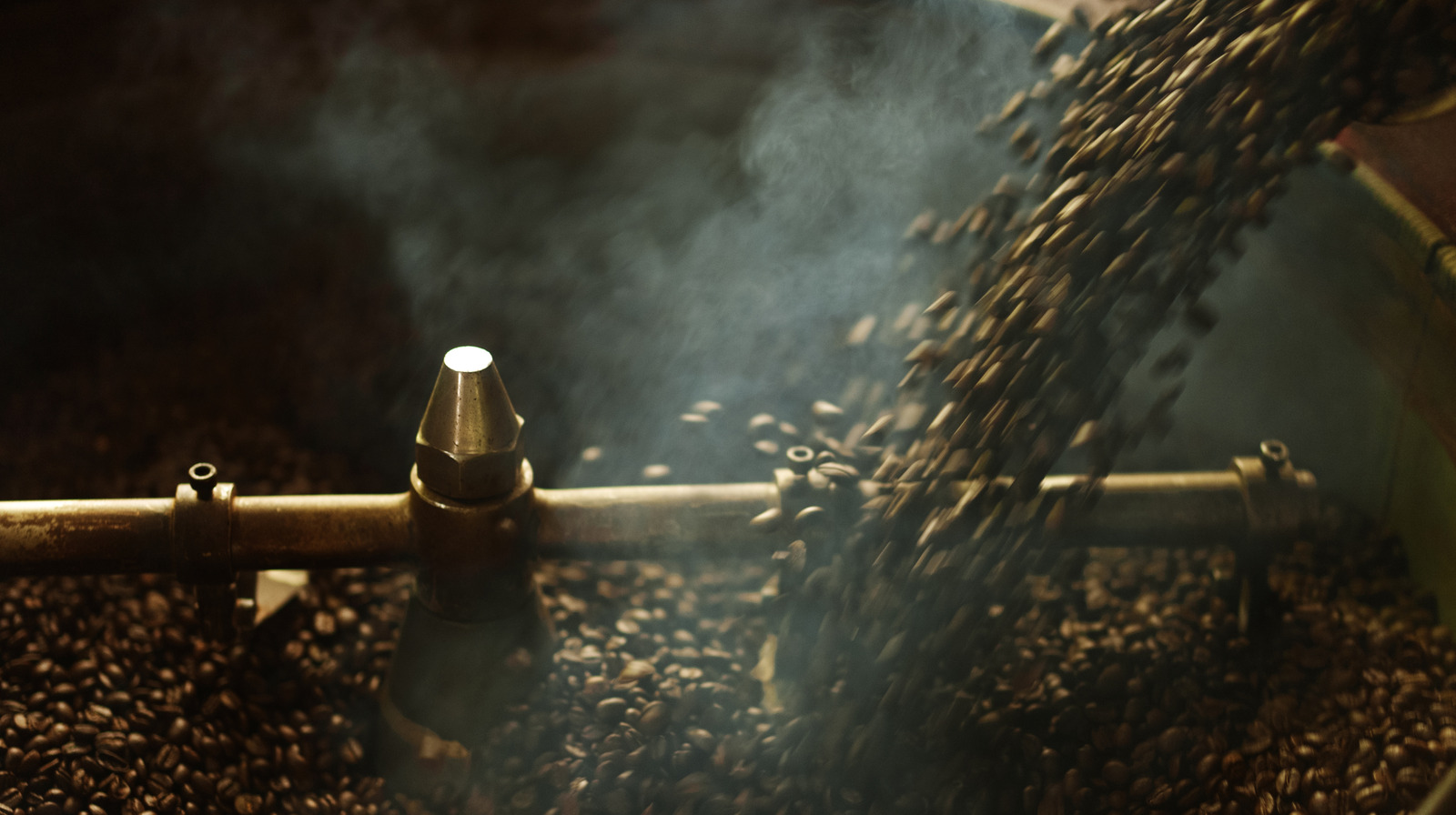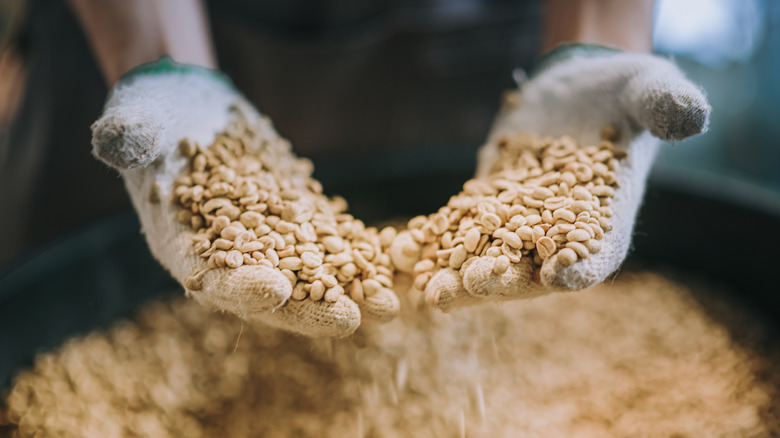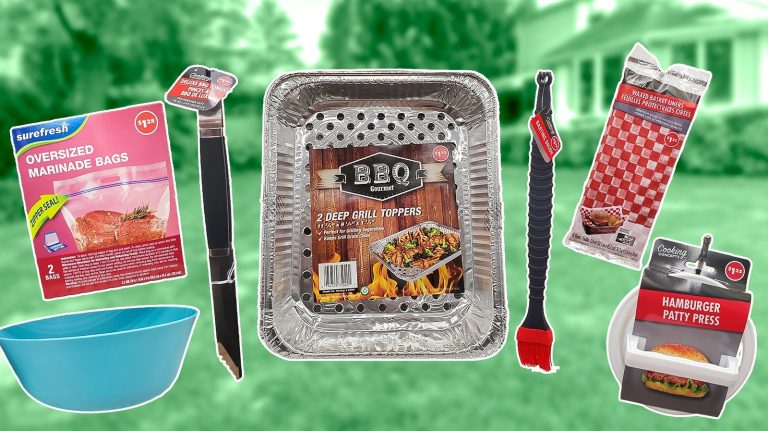The process of roasting coffee beans is more complicated than you might realize, especially if you’re trying to do it at home. The real question is — is it worth it? Roasting coffee beans is a necessary part of making coffee, and without this essential treatment, the beans wouldn’t exude all of the gustatory characteristics present in a cup. Luckily, store-bought beans come roasted already, and there are plenty of great coffee brands to choose from. Sure, you can buy the raw beans and technically roast them at home, but there’s no guarantee that you’ll be happy with the results.
Commercial coffee roasters are big, elaborate machines that heat the beans at high temperatures and toss them frequently. While this can be replicated at home in a skillet or the oven, it won’t give you the exact flavor and high-quality coffee you might be looking for. Commercial coffee roasters are not something that could comfortably fit in a regular-sized kitchen; they also cost thousands of dollars to buy. If you’re looking to create an at-home coffee bar, this product certainly won’t fit. For what it’s worth, it may just be easier to buy the roasted coffee beans instead of trying to roast them from scratch — especially considering the skills required.
What the roasting process actually looks like
If you’re a coffee fanatic, roasting your beans at home may seem like the perfect way to make the best brew. However, this process is quite difficult. It starts with the raw green coffee beans being heated at temperatures between 356 and 482 degrees Fahrenheit for seven to 20 minutes, depending on the desired roast. The result is the bean turning a deep brown color with a strong aroma. The problem with trying to roast the beans yourself is that it requires a lot of control and accuracy, which can be hard to accomplish on your own. There is also the harvest date and roasting date to take into account when cultivating the perfect coffee bean, which will also affect the taste. It takes much practice, time, and effort to really master the art of roasting — and it’s not the most convenient task.
Another issue with at-home roasting is reliability. Finding the correct temperature without a commercial roaster could be challenging and getting it wrong may negatively affect the flavor profile of each bean. If you are someone who has the budget and space for a commercial coffee roaster, this process could be for you. Based on the obstacles and difficulty of the task, it’s most likely better to skip this step and buy coffee beans already roasted.






